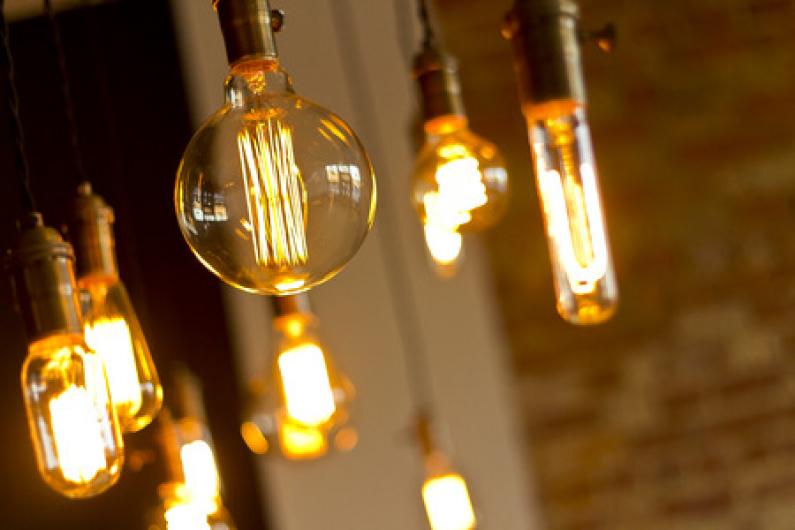
Today's restaurant lighting design is seriously sophisticated. Its success can be seen in how little you directly notice the mechanics of it as it should perfectly complement the intended experience, wherever and whatever the venue. Feeling the effects is another matter. Lighting plays a huge part in how customers feel and this affects how much time they spend with you and whether or not they return. You can't plan any aspect of your restaurant, much less the lighting, until you know who your audience is and how you want them to feel.
Starting with times of day, lighting should adapt according to the hour and also the type of food you are eating, reflecting the ambience you are aiming for. This might be a light, fresh breakfast brunch with plenty of natural daylight and soft, inviting lighting - enough to kick-start your customer's day whilst maintaining an air of relaxation.
As the day progresses, light will be naturally fading and you can choose to move with it, into a more intimate evening setting or you can go against it and make your setting more lively and active. You can programme lighting to work with the natural rhythms of the day, cleverly mixing it according to changing external influences. Lighting can really make or break a mood. The lighting should work with the decor and restaurant brand to add an extra dimension and deeper experience.
Planning is key to this - you need to be able to overlay the lighting design on a restaurant fit-out to make sure you can actually have the lighting where you want it. That's why we always say lighting design is integral part of the overall design and not an after-thought. The layers and different functions of lighting can be defined as ambient, accent, task and decorative. Most successful commercial venues include a mix of these, all doing their different jobs in harmony.
Interestingly, colour rendering is the ability of a light source to represent true colour. In the Colour Rendering Index (CRI) the highest score is 100. Restaurants need a minimum of 80 but 90 is preferred. Getting this wrong can have an adverse effect on customer experience as the visual impression of food can be misleading or even off-putting - even if it's perfect!
These are just a few quick thoughts on designing lighting for the restaurant sector - something we have done for many years across all kinds of outlets - ask us for more of our knowledge, we are happy to share it with you.
